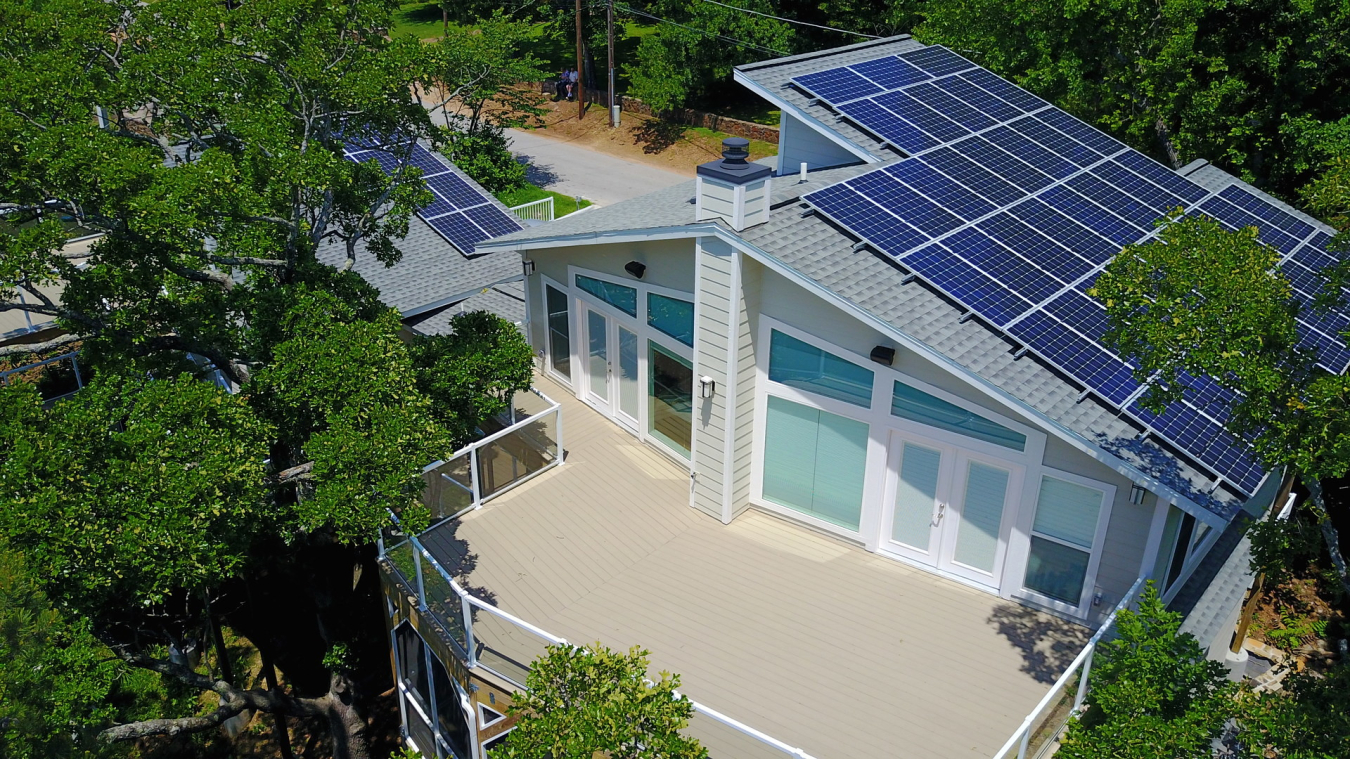
Thinking of buying a home with a solar energy system already installed on the roof? How exciting! Owning a solar-powered home can help you save on your energy bills, reduce greenhouse gas emissions, and be more energy independent. And thanks in part to investments from the Solar Energy Technologies Office, the cost of solar energy is coming down every year.
Like any water heater, refrigerator, or other major home appliance, there is information that can help you learn more about the solar energy system. Ask your realtor about the disclosure forms required by your state and consider these questions before deciding if the house is the right fit.
Solar panels in residential systems usually last 20-25 years. Find out when the system was installed and how old it is in relation to the age of the roof. You should consider whether the roof may need repair before the solar system expires.
There are two types of inverters that may be installed as part of a rooftop solar system. A string inverter takes direct current (DC) power output from all the panels and converts it to alternating current (AC) in one central location. String inverters usually last between 10-15 years and may need to be replaced during the lifetime of the panels. Microinverters are smaller inverters placed on every panel. They tend to have lifetimes similar to the panels. Ask about the type of inverter and when it was installed or last replaced.
The installation company can provide useful information about the age of the system, previous maintenance, and terms of purchase. If the original installer is no longer in business, find out the manufacturer of the solar panels and inverter(s) in the system. You can contact certified local installers to ask if they are familiar with the specific make and if they can inspect the system.
Ask the current homeowners about existing warranties and check that the paperwork is in order. You may also contact the manufacturer to learn about any maintenance needs.
There are several factors that can impact the amount of energy delivered, including the size of the solar energy system, the direction the roof faces, and how much sunlight hits the roof. Ask the homeowner to share any data they have on the system production over time. If the system has performance monitoring set up, ask for the login information. If the data shows a drop in energy production higher than 10% from year to year, that could indicate maintenance issues.
More consumers are pairing their solar energy systems with a battery, also known as solar+storage. This setup can help you keep the lights on if the power goes out. If the system has a battery, find out how old it is, who installed it, and whether it is under warranty.
Ask about any contractual agreements tied to the solar panels. If the home seller bought the system outright or under a loan, the ownership should convey with the property. A third-party owned system may require additional steps to assume ownership or to transfer the contract.
A solar energy system will likely increase a home’s value. A DOE-funded study at the Lawrence Berkeley National Laboratory found that solar panels are viewed as upgrades, just like a renovated kitchen or a finished basement, and home buyers across the country have been willing to pay a premium of about $15,000 for a home with an average-sized solar array. The PV Value® tool, developed by Sandia National Laboratories, can help home buyers calculate the energy production value for a PV system. The tool is compliant with Uniform Standards of Professional Appraisal Practice and has been endorsed by the Appraisal Institute for the income approach method.
The federal solar tax credit can only be claimed on the “original installation” of the solar equipment. Local incentives vary by state. DSIRE is the most comprehensive source of information on incentives and policies that support renewable energy in the United States.
Buying a solar-powered home can jumpstart your clean energy transition, joining millions of other American households that are powering their lives with sunshine.
See more solar energy resources for consumers and learn how solar works.

